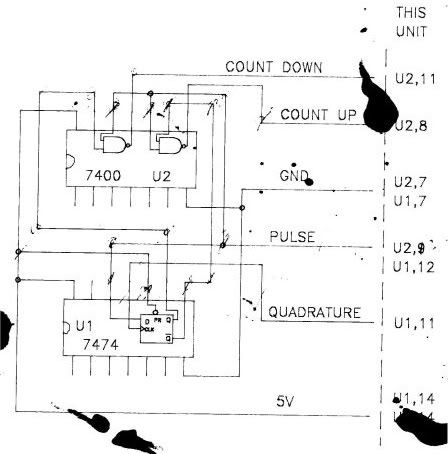starcrossed
Member
Hi again...
I have been trying to find out cost effective ways to externally detect the direction in which the motor shaft is moving. the direction sensor should be able to give me a pulse 0 or 1 based on which direction the motor shaft is moving. The pulse should be good enough to drive a transistor or small electronic circuit.
the sensor should sense the direction within one rotation of the shaft. I can use a small magnet or led connected to the shaft to help the sensor detect the direction. can any one tell me of any ready to use ic's or sensor's for this..
i have found the following HAL effect ic's on the net...a) micronas 710/730 and Allegro A 3423. however i dont know of the cost and the support for these ic's is very limited where i stay..
Can i use other hal effect ic's for detecting direction of motion?
thanks a lot...
I have been trying to find out cost effective ways to externally detect the direction in which the motor shaft is moving. the direction sensor should be able to give me a pulse 0 or 1 based on which direction the motor shaft is moving. The pulse should be good enough to drive a transistor or small electronic circuit.
the sensor should sense the direction within one rotation of the shaft. I can use a small magnet or led connected to the shaft to help the sensor detect the direction. can any one tell me of any ready to use ic's or sensor's for this..
i have found the following HAL effect ic's on the net...a) micronas 710/730 and Allegro A 3423. however i dont know of the cost and the support for these ic's is very limited where i stay..
Can i use other hal effect ic's for detecting direction of motion?
thanks a lot...


